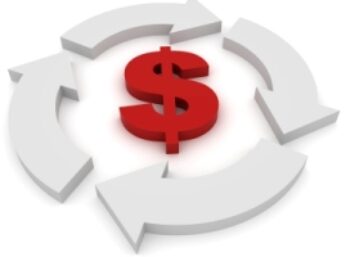What is Negative Goodwill?
Negative goodwill, also called a bargain-purchase amount, occurs when a company buys an asset for less than its fair market value. Negative goodwill is the opposite of goodwill.
How Does Negative Goodwill Work?
For example, let's assume Company XYZ purchases the assets of Company ABC for $20,000,000. The assets are actually worth $35,000,000, but Company XYZ gets a deal because Company ABC needs cash immediately and Company XYZ was the only buyer willing to pay cash. The difference between the purchase price and the fair market value is $15,000,000.
Company XYZ records this as negative goodwill on its income statement, however it does not record the whole $15,000,000 at once. XYZ records the negative goodwill over the remaining weighted-average estimated useful life of the acquired assets. The remainder stays on the balance sheet as a contra asset that eventually dwindles down to zero as the assets age.
After the acquisition is complete, Company XYZ must test the fair value of the assets for impairment. In cases where a company is acquiring future losses and expenses, the negative goodwill is deferred and recognized on the income statement as those future losses or expenses occur.
Why Does Negative Goodwill Matter?
When a company pays more than fair market value for an asset, it records the overage as an intangible asset (aka, goodwill) on its balance sheet. Negative goodwill is the opposite of this concept, so the difference is recorded as an extraordinary gain on the buyer's income statement. Negative goodwill is often a sign that an asset was purchased from a distressed buyer.



